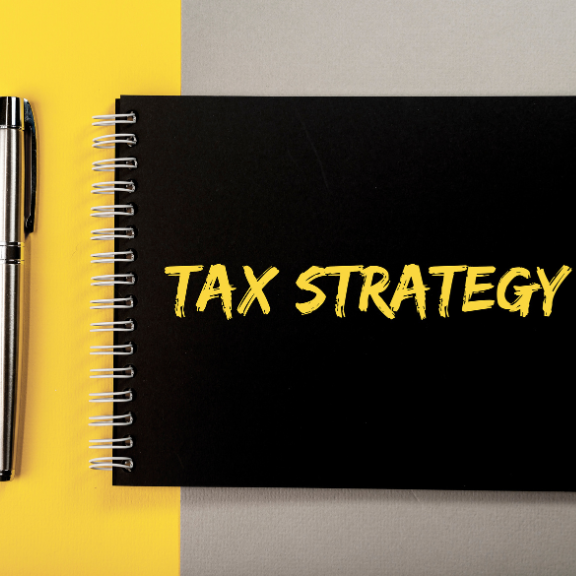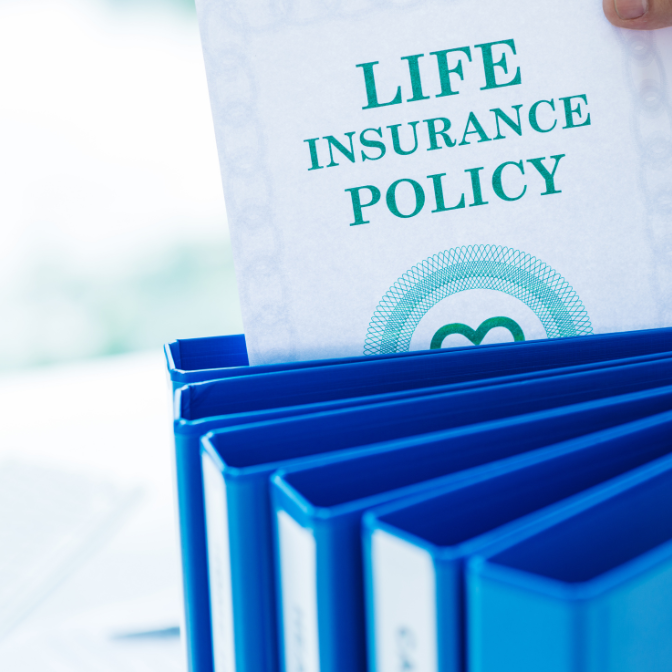Life Insurance
Life insurance can be an essential component of most any complete financial plan. While many people purchase this type of insurance coverage for the economic “safety net” that it can provide, this flexible financial vehicle may have various other uses, too.
For instance, the death benefit that is paid out from a life insurance policy is typically received income tax-free to the beneficiary (or beneficiaries). These funds are often used to pay off debts, replace lost income, or fulfill promises, such as paying for a child’s or grandchild’s college education.
There are two primary categories of life insurance. These are term and permanent. Term life insurance offers death benefit only protection only, without any type of cash value or savings buildup.
As its name suggests, term life insurance has a time limit, or “term,” on the length of the coverage, such as 10 years, 20 years, or 30 years. Many insurance carriers also offer one-year renewable term option.
When the term of coverage has expired, the insured may have to requalify if they want to remain covered. In this case, the underwriting and the future premium on the new policy will be based on the insured’s then-current age and health condition. (And in some cases, an insured may not be eligible to renew based on an adverse health condition.)
Some term life insurance policies may be “converted” to a permanent type of coverage so that the policy can continue indefinitely for the insured, provided that the premium continues to be paid.

Permanent life insurance has a death benefit component and a cash value component. The funds that are inside of the cash value grow on a tax-deferred basis. This means that there is no tax due on the gain unless or until the money is withdrawn.
With permanent life insurance, the policy will usually continue for the remainder of the insured’s lifetime, as long as the premium is current – even if the insured endures a serious health condition in the future.
There are several different types of permanent life insurance. These include:
- Whole life
- Universal life
- Variable universal life
- Variable life
- Indexed universal life
Many life insurance policies offer added features. These could include a penalty-free waiver if long-term care is needed or if the insured is diagnosed with a chronic or terminal illness and needs to access funds while still alive.
Before purchasing a life insurance policy, it is recommended that you have a good understanding of how different types of coverage work so that you can narrow down the right types and amount of protection for your specific needs.
Recent Articles
Get the FREE E-Book

At Certified Safe Money, we empower you with valuable resources to make informed decisions for your retirement goals. We believe knowledge is the key to unlocking a secure future. Explore our current e-books and equip yourself with the insights you need to plan for the retirement you deserve.
At Certified Safe Money, we empower you with valuable resources to make informed decisions for
Are you a Safe Money or Retirement expert? Apply for a free listing!
Are you a Safe Money or Retirement expert? Apply for a free listing!
Find The Most Credible,
Highest-Rated Safe Money Advisors
If You Are Nearing Retirement Or Already Retired, Finding The Right Financial Advisor Who Fits Your Needs Doesn’t Have To Be Complicated.
Our Free Tool Matches You With The Highest-Rated Financial Advisors In Your Area.
Featured Articles
Annuities: How They Can Bolster Your Retirement Income Key Takeaways: Annuities offer a reliable source of retirement income with guaranteed payments, providing peace of mind
Key Takeaways: Understanding the various parts and options of Medicare is crucial for retirees to make informed decisions about their healthcare coverage. Medicare Advantage plans
Key Takeaways: Maximizing contributions to tax-advantaged retirement accounts and considering Roth IRA conversions can provide valuable tax benefits and flexibility in retirement planning. Optimizing investment








